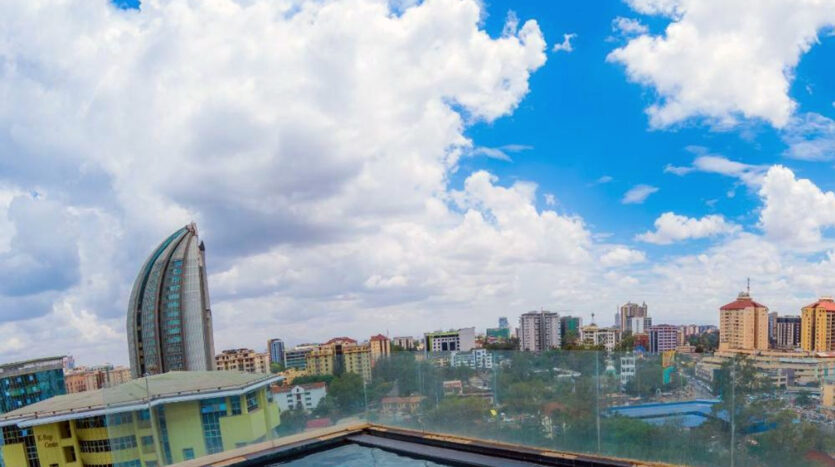Kilimani is the New Pipeline? The Truth About Congestion and Growth
Introduction
If you’ve spent time on social media or listened to Nairobi residents, you’ve likely heard the phrase: “Kilimani is the new Pipeline.” It’s a controversial statement born out of growing concerns about Kilimani congestion in Nairobi. But how true is it? This blog breaks down the challenges, realities, and why Kilimani apartments in Nairobi still dominate investor interest despite these issues.
The Issues Facing Kilimani
Like any rapidly urbanizing neighborhood, Kilimani faces infrastructure challenges:
- Congestion: Narrow roads overwhelmed by increased traffic from new developments.
- Sewage Problems: Strain on old sewer systems due to high-density apartments.
- Water Shortages: Inconsistent supply, forcing many apartments to rely on boreholes and storage tanks.
These issues fuel the perception that Kilimani is losing its prestige and mirroring the crowded conditions associated with areas like Pipeline.
The Reality: Why Kilimani Still Attracts Development
Despite its challenges, Kilimani continues to attract massive real estate investment. Modern developers are addressing lifestyle needs with:
- Fully equipped gyms.
- Rooftop gardens and lounges.
- Kids’ play areas and swimming pools.
- High-rise apartments with security, backup power, and borehole water.
This balance of amenities makes Kilimani appealing for both residents and diaspora buyers.
Why Developers Love Kilimani
- Prime Location: Just 10 minutes from CBD and Westlands.
- Diaspora Demand: Many Kenyans abroad invest in Kilimani apartments as rental properties.
- High Rental Yields: Apartments here fetch KES 70,000 – 120,000+ per month for 2- and 3-bedroom units.
- Mixed-Use Growth: Proximity to malls, schools, and corporate offices ensures long-term demand.
See also our insights on why Kilimani remains a top location for Nairobi apartments.
Buyer Takeaway
Kilimani isn’t without flaws — congestion, sewage strain, and water shortages are real. But the truth is, Kilimani offers something Pipeline doesn’t: modern, lifestyle-oriented developments that cater to the middle- and upper-income market. For buyers and investors, the key is to weigh infrastructure limitations against the conveniences and returns.
If you’re considering Kilimani, prioritize developments with boreholes, water storage, proper sewage connections, and strong property management.
Frequently Asked Questions
Is Kilimani too congested to live in?
It is busy, but modern developments with good planning provide comfortable living.
Are Kilimani apartments still a good investment?
Yes. Rental yields remain strong due to location and diaspora demand.
What type of apartments are common in Kilimani?
2- and 3-bedroom units, many with gyms, pools, and play areas.
How much do Kilimani apartments cost?
From KES 8M – 20M depending on size and amenities.
Who typically rents in Kilimani?
Young professionals, expatriates, and families seeking convenience near CBD.
Final Thoughts
So, is Kilimani the new Pipeline? Not exactly. While the congestion issues are real, the modern lifestyle amenities, prime location, and strong investor demand set Kilimani apart. For buyers and investors, it remains one of Nairobi’s most dynamic — if sometimes chaotic — property markets.
At Sarabi Realty Group, we guide clients to make smart property choices in Kilimani and beyond.
📞 Call us: +254 112 703 835
📧 Email: sarabirealtygroup@gmail.com
💬 WhatsApp: Chat with us on WhatsApp

